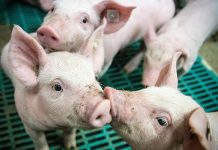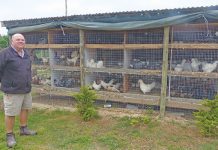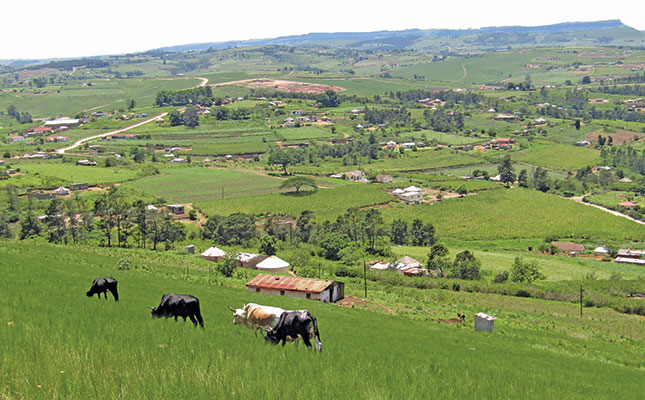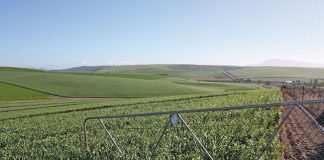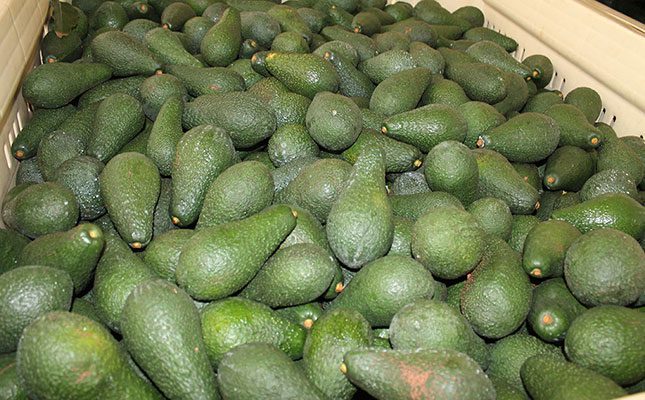
When did the first concerted marketing effort to increase consumption of avocados start in South Africa?
Glynnis Branthwaite (GB): Protactic launched the first communications strategy for SAAGA [the South African Avocado Growers’ Association] more than 20 years ago. The goal was to educate consumers and key opinion leaders about the health benefits and versatility of avocados, and ultimately to assist with increasing consumption on the local market.
Initially, there were a lot of misconceptions about avocados and these needed to be addressed through distribution of scientific research results. One of the first aims was to educate cardiologists about the beneficial fats found in this fruit. Health messages have remained an important component of marketing avocados, and research done over many years shows that avocados are widely perceived as a healthy fruit, which ultimately increases consumption.
What was South Africa’s annual avocado output at that stage, and what is it today?
Derek Donkin (DD): Total annual production around 2000 was between 80 000t and 100 000t. Today, it’s approximately 135 000t, although the bumper crop of 2018 was 169 000t.
Per-capita consumption was about 0,8kg in 2000, and this had risen to 1kg by 2020. This may seem like a minor increase, but it should be remembered that South Africa’s population was 47 million in 2000, whereas it totalled about 60 million in 2020.
What percentage of the harvest is consumed locally and how much is exported?
DD: About 45% is exported fresh, 45% is consumed fresh locally, and 10% is processed into oil and guacamole. So nearly half of our crop needs to find a home in South Africa.
What did the marketing campaigns entail?
GB: South Africa’s fresh avocado industry is diverse, with a wide spectrum of stakeholders at different points in the product life cycle. These include growers, packers, retailers and street hawkers, while users of the product range from the hospitality industry to consumers across all LSM [Living Standards Measure] groups.
Messaging linked to key health topics is always included in communication to reinforce the health benefits of avocados. The primary message, ‘Add an avo’, was introduced in 2013 and is adapted each year and for each target market. Examples include: ‘Add an avo’ to:
- Your customer’s trolley (retailers);
- Your customer’s order (suppliers);
- Any dish (hospitality);
- Any meal (consumers);
- Encourage healthy lifestyles within your family (consumers).
With health being an ongoing theme, SAAGA’s dietitian continually investigates scientific research linked to the fruit’s health benefits.
This message has been further adapted over the past few years as different needs have arisen in the industry. Examples include ‘Add an avo, nurtured in South Africa’ to promote its versatility and encourage consumers to add an avocado to any meal at any time of the day, and not just to salads. The reference to ‘nurtured in South Africa’ is linked to local avocado production.
We also have the ‘Add an avo – green or dark-skinned are equally delicious and nutritious’ messaging. This has been very important over the past five to six years as we try to dispel the myth among consumers and retailers that dark-skinned avocados are overripe.
Research undertaken in 2021 confirmed that South Africans are now happy to try both dark- and green-skinned avocados. It also showed that although green skins
are still preferred over dark skins, there’s an increasing preference for dark-skinned
types: 19% in 2019 and 28% in 2021.
This research also confirmed that apart from the health benefits, consumers are interested in the varieties, and there is high recognition of Hass and Fuerte varieties.
We’ve also focused on handling and caring for avocados with ongoing communication to consumers and retailers. All these messages are carried on various platforms, from traditional to digital media, and include online publications and more recently, social media influencers. Themed media launches are held annually at the start of the season, and food and health media receive monthly health messages and avocado recipes and visuals.
Regular advertorials and digitorials are placed in key consumer media throughout the avocado season.
There’s also a lot of collaboration between SAAGA and retailers regarding in-store promotions, point-of-sale material and avocado content for retail social media platforms.
SAAGA sponsors educational promotions at fresh produce and wholesale markets in Johannesburg and Tshwane, and encourages student chefs at culinary schools throughout South Africa to create avocado-inspired dishes.
SAAGA has been working with the hospitality industry for over 10 years through joint promotions with restaurants such as Panarottis and Col’Cacchio to encourage their customers to ‘add an avo’ to their favourite pizza or pasta. During COVID- 19, this was adapted to encourage South Africans to ‘add an avo’ to takeaway meals.
All of these hospitality initiatives were promoted on various platforms, including restaurant point-of-sale material, radio, digitorials, and social media activities where diners had the opportunity to win cash prizes by posting a selfie while enjoying a meal to which an avocado or two had been added.
The SAAGA social media platforms are very active, with Facebook followers increasing from 10 469 in 2013 to just under 50 000 in late 2022. Instagram is also gaining followers and both platforms enjoy excellent engagement.
How long did it take before you could see that the marketing campaigns were having an effect on consumption?
GB: It can take three to five years to change perceptions. SAAGA first commissioned research in 2012 and our most recent research confirms that most consumers (68%) plan their avocado purchase, which is a significant shift from 2016, when 61% said that avocados were an impulse purchase.
Messaging is required year in and year out to ensure that avocados receive exposure in the various media, and keep them top of mind among consumers.
The hashtag on social media, #smashtoast, led to a trend in sharing photographs of avocado on toast. How big a role do such trends play in elevating consumption of the fruit?
GB: Appetite appeal is vitally important to increasing consumption.
A key component of this is ensuring that beautifully styled still photography and videos of recipes are created annually and used on various platforms and shared with the media. An interesting development is pop-up stores at markets in Cape Town, where every food item has avocado as the hero of the dish. Avocado ‘roses’ were also a trend that resulted in a lot of activity on social media.
The rise in consumer interest in the health benefits of the fruit has also had an impact on increasing consumption.
Industries such as citrus, macadamias and blueberries are expanding production rapidly and require a big jump in consumption to remain sustainable. Can the avocado success story be extrapolated to these industries?
DD: At the basis of any communication strategy is the age-old phrase ‘What’s in it for me?’ Education is vitally important, particularly health information. It’s also crucial to ensure awareness of the product by promoting it on an ongoing basis via as many channels as possible.
Email Glynnis Branthwaite at [email protected], or Derek Donkin at [email protected].


